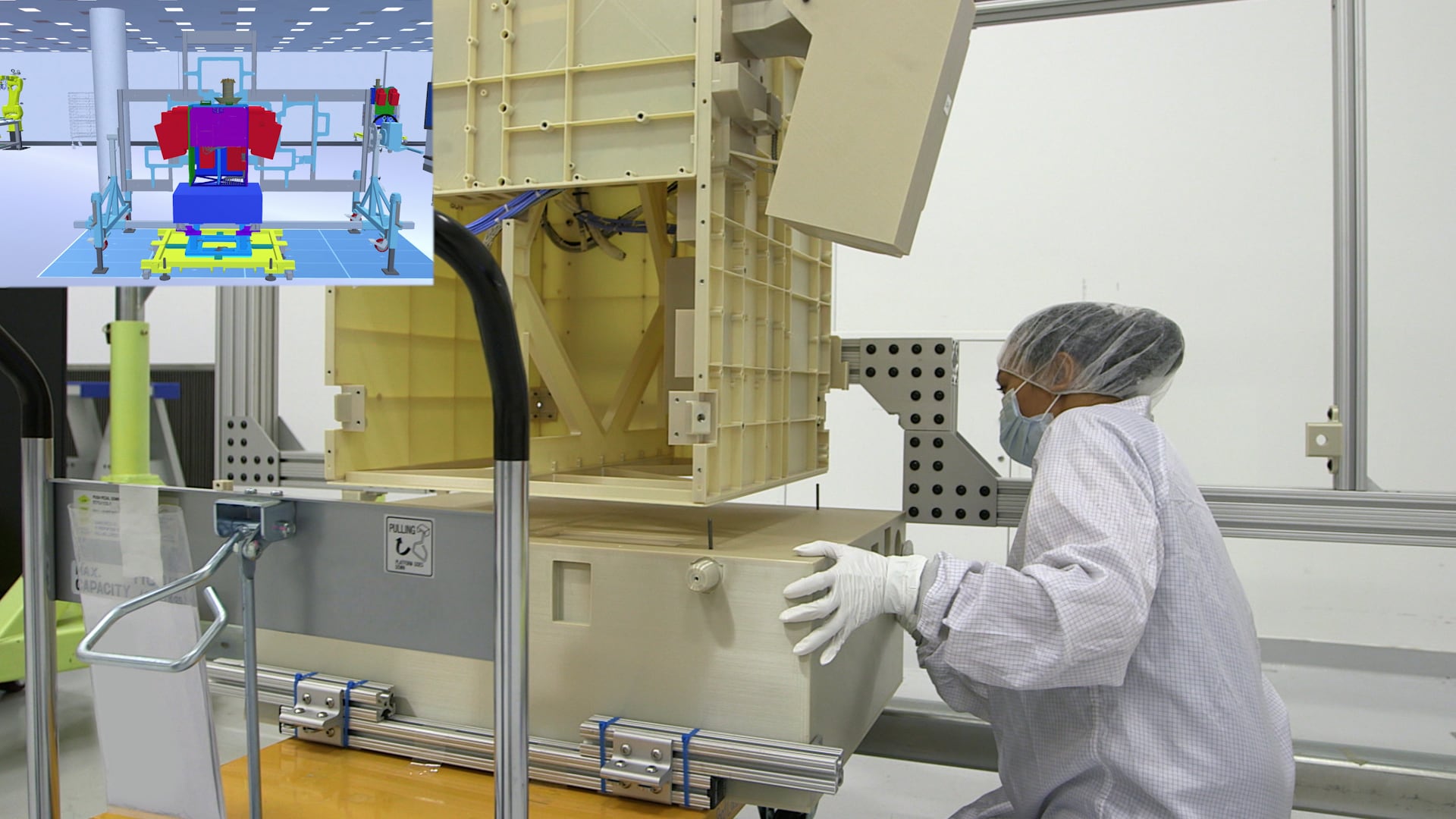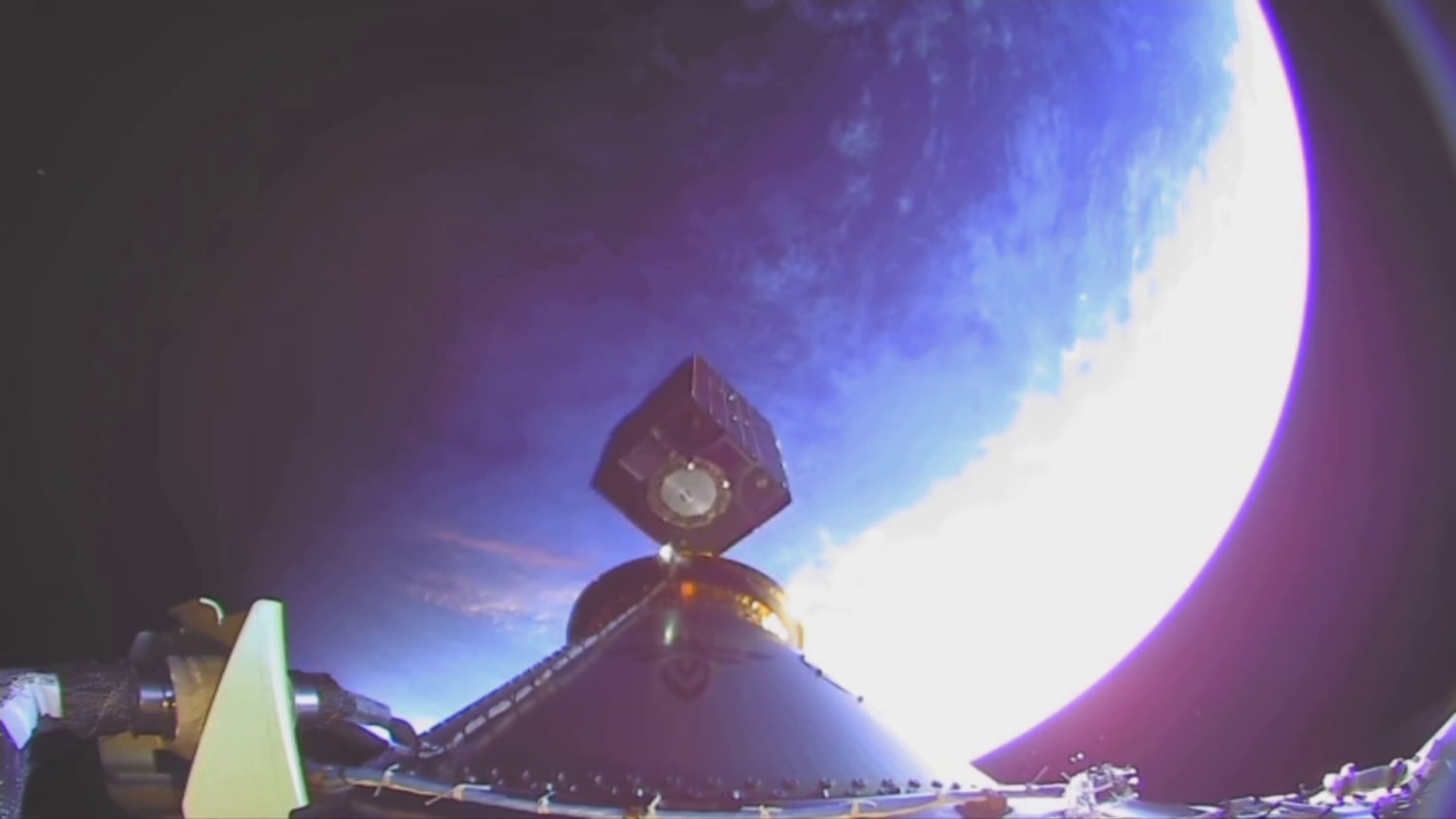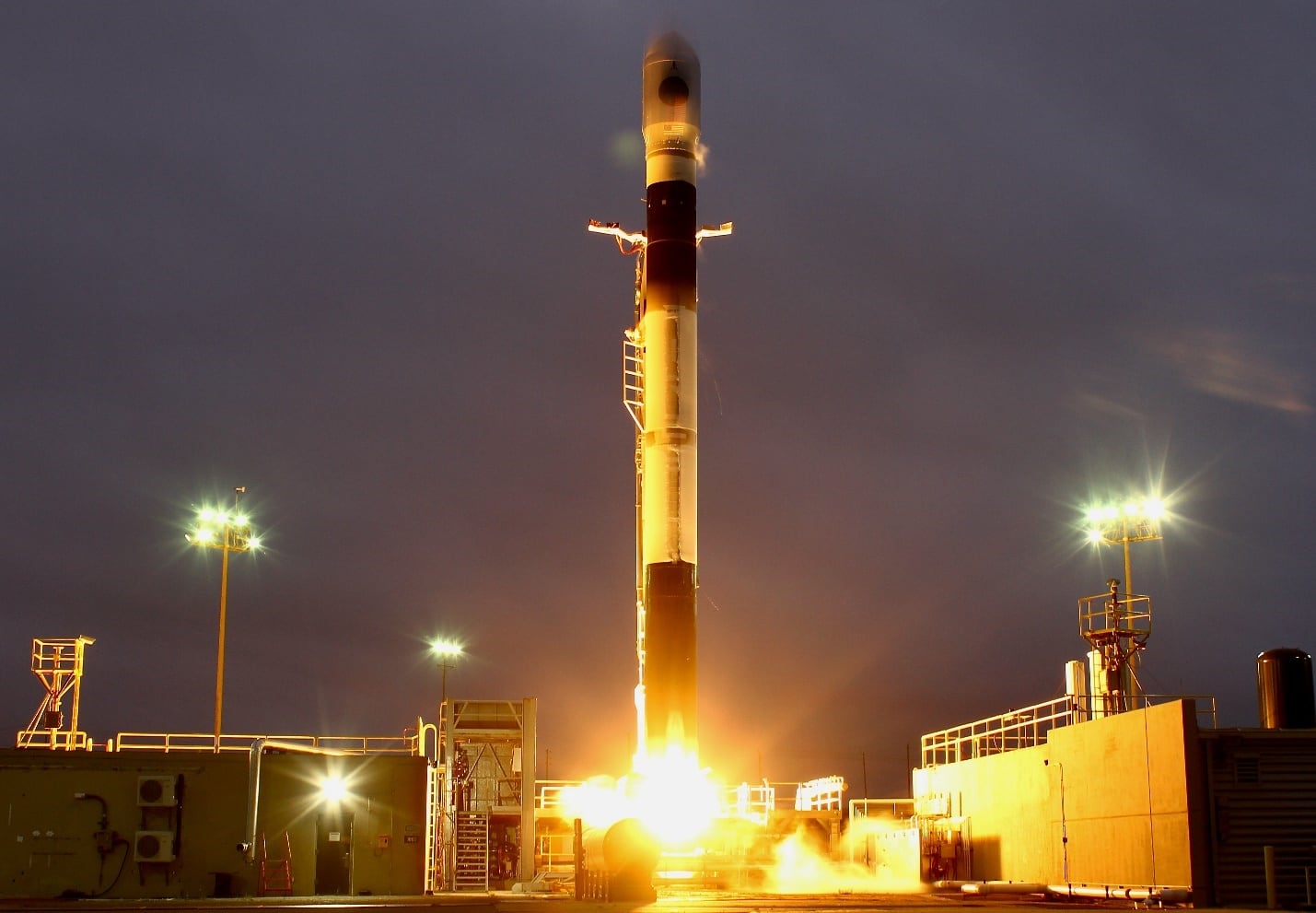WASHINGTON — A Space Force mission that successfully demonstrated the ability to buy, build and fly a satellite to orbit on rapid timelines highlights the need for more flexibility within the acquisition and launch enterprise, according to service officials.
The Victus Nox mission — Latin for “conquer the night” — launched Sept. 14, proving that a satellite can be built in less than a year and sent to orbit within 27 hours of receiving launch orders. It also made clear that as the service seeks to operationalize a tactically responsive space capability by 2026, it may need to make its systems and organizations more nimble to respond to real-time needs.
RELATED

“I think you could walk through every single phase and every single step of this and kind of refine those processes,” Lt. Col. MacKenzie Birchenough told reporters during a Sept. 26 virtual briefing. “And that’s what this mission was all about.”
Birchenough, senior materiel leader in Space Systems Command’s Space Safari Office — which was created in 2021 to respond to urgent operational needs — said her team has documented dozens of lessons from Victus Nox ranging from technical issues to logistics to minor adjustments to government processes.
“Really, it’s tightening up all of the different timelines of how we do things better,” she said. “How do we transport [space] vehicles around the country faster? How do we properly store them? How do we work with the range to make sure that when a mission like this has to go off, we’ve properly deconflicted with other launches?”
The Space Force defines tactically responsive space as the ability to launch satellites on short notice, maneuver a spare spacecraft to augment a degraded system or buy data from a commercial partner in a crisis. Whatever the means, the goal is the same: to quickly adapt to the threats that come from an increasingly congested and adversarial space environment.
Victus Nox was designed to demonstrate the rapid acquisition and launch approach.

Last year, the Space Force chose Millennium Space Systems, a Boeing subsidiary, to build the spacecraft and ground system and Firefly Aerospace to launch it on its Alpha rocket. The mission entered its “hot standby” phase in August, when the service notified the companies that the 24-hour launch window could open at any moment.
During that period, Millennium sent the satellite from its facility in El Segundo, California, to Vandenberg Space Force Base. There, the mission team tested, fueled and mated it to its launch adapter in less than 58 hours. Following the launch, Millennium initiated early satellite operations within 37 hours.
For a standard mission, many of these processes can take weeks or months.
Lt. Col. Justin Beltz, chief of SSC’s small launch and targets division, said during the Sept. 26 call that one factor in Victus Nox’s success was the ability to manage the parameters. For example, he said, the service provided Firefly with a “menu” of potential launch scenarios, which allowed them to prepare.
In an operational environment, the Space Force can’t control those conditions, which means the service and industry will need to be even more agile in how they respond to real-time needs.
“Launch has always been a very deliberately planned, scripted event — weeks, months, sometimes years in advance. That’s how our entire launch enterprise is structured to do these kinds of missions,” Beltz said. “As we look at trying to make this not a single demonstration where we fly it and we’re done and then we go back to our day jobs, but something that ready all the time, there will be implications for how we’re organized to do that.”
Beyond Victus Nox
As SSC looks to implement the lessons it learned from Victus Nox, it’s already planning future demonstrations to further explore responsive space capabilities and inform a long-term acquisition strategy.
The Defense Innovation Unit announced in August it would partner with SSC for its next mission and plans to launch contracts later this fall. SpaceWERX, the Space Force’s technology hub, is also leading a tactically responsive space challenge, through which companies can compete for $34 million in small business innovation research awards.
On Sept. 15, Space Systems Command awarded ABL, a small launch company, $15 million to design a proof of concept for responsive launch. Under the contract, the firm will craft a mission design for launching multiple satellites from various locations.
Maj. Jason Altenhofen, deputy branch chief of the Space Safari office, said during the media briefing that the follow-on efforts will help the service better understand what companies can provide and how fast they can deliver.
“Our goal with these efforts is to continue to push the timeline faster and also deliver more capability,” he said. “We believe that by leveraging the commercial investment that’s out there, the commercial speed at which the commercial industry moves that we can hopefully get to a point where we can scale fairly quickly once we prove additional capabilities.”
That work will also help the service determine how much funding it will need to make tactically responsive space capabilities a more regular part of doing business. The Space Force requested $30 million for the effort in fiscal year 2024 and expects to need another $30 million in FY25, but it hasn’t projected what it will need in future years.
“We’re working through the budget process to figure out what . . . size of funding is needed to make a truly operational, repeatable capability for the future,” Altenhofen said.
Birchenough noted that the Space Safari office is making a concerted effort over the next year to better understand what capabilities industry and the service’s international allies can offer.
“If one of them has something that can allow us to respond quickly, we are definitely open to partnering with them,” she said. “That will allow us to get closer to that operational capability over the next couple of years.”
Courtney Albon is C4ISRNET’s space and emerging technology reporter. She has covered the U.S. military since 2012, with a focus on the Air Force and Space Force. She has reported on some of the Defense Department’s most significant acquisition, budget and policy challenges.





